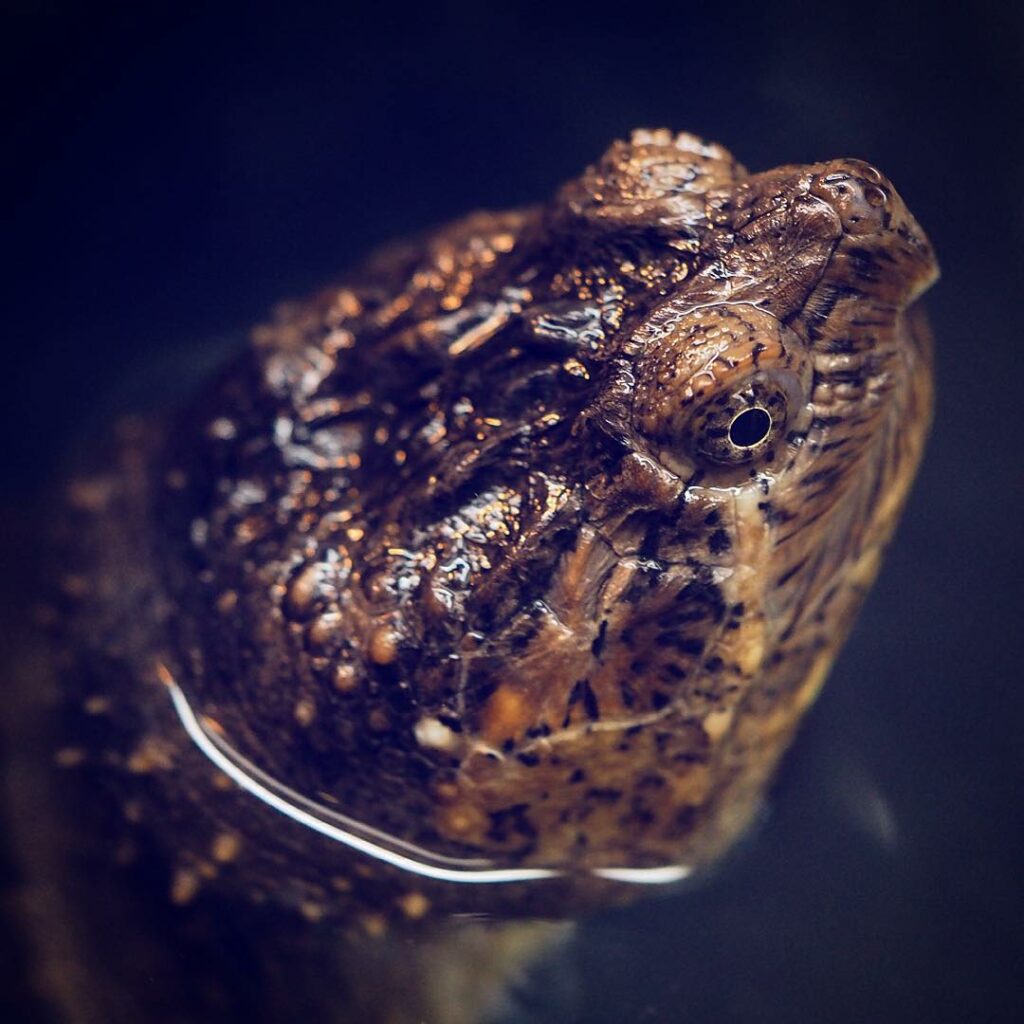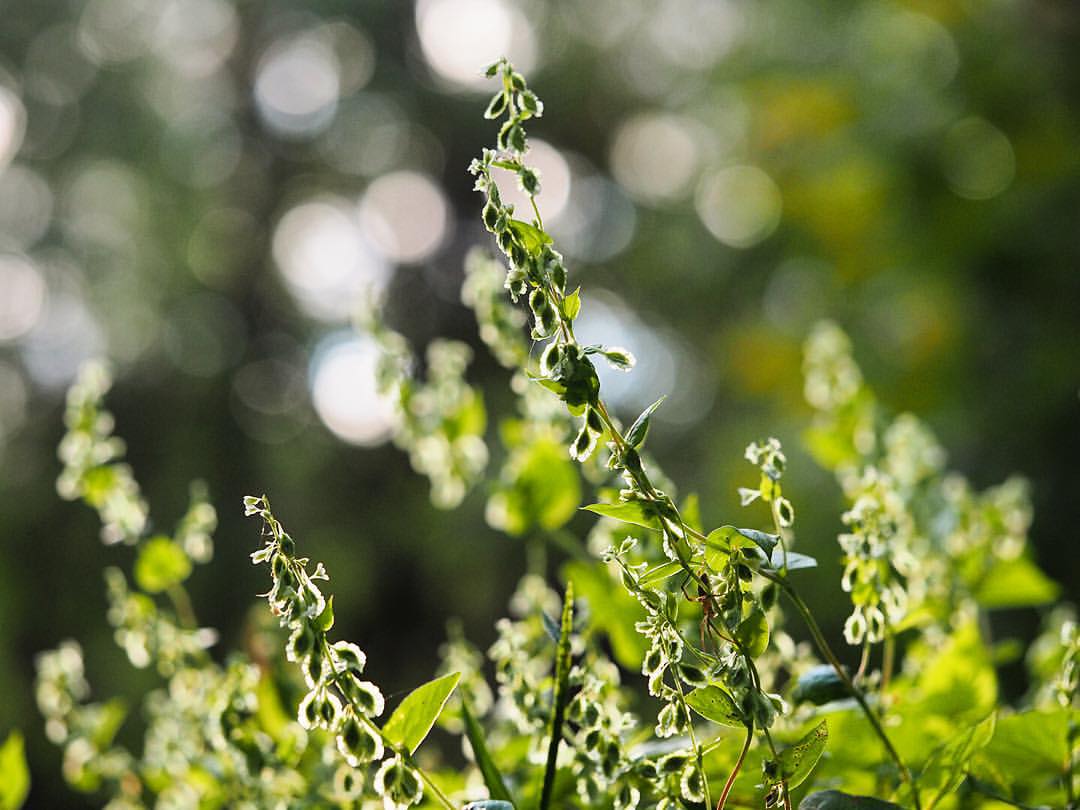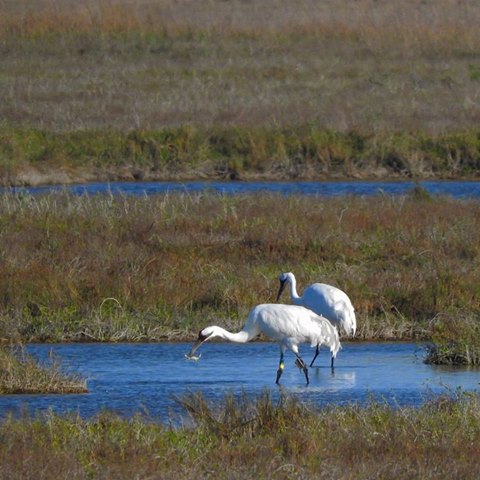
Most turtles hide in their shell when disturbed but snapping turtle shells are too small so they can’t pull their head in. Since this leaves them vulnerable, they snap and hiss to warn off predators before they actually bite. These same jaws are used to grab unsuspecting prey. The species name serpentina describes their long snake-like necks. These are covered with bumps called tubercles that may help them breathe. They rest quietly for long periods in mud, and with their nostrils at the tip of their nose they can breathe air through this snout snorkel without much effort. This photo shows a resting turtle coming up for a breath of fresh air.
I am lucky that my driveway seems a popular snapping turtle nesting spot. With its soft soil moistened by the nearby creek, and a west-facing slope that bakes in the summer sun, over the years I have seen several female turtles visit to lay their eggs. I was fortunate to time my excursions exactly right once to find a freshly emerged baby snapping turtle. But as with most turtle eggs, more often than not I find them scattered in the night by raccoons and other predators. Still, they can live over 100 years so time gives their species good odds for survival.



